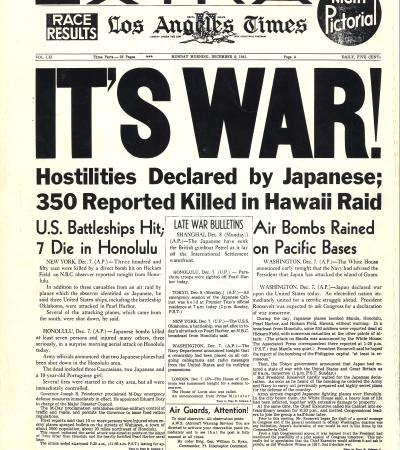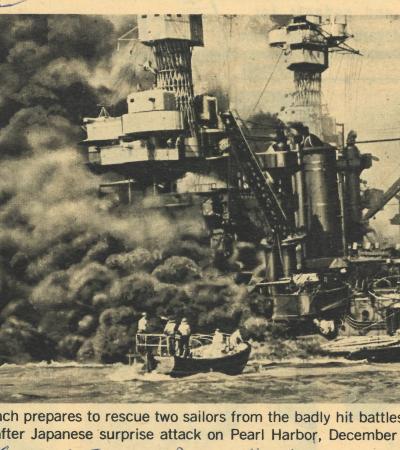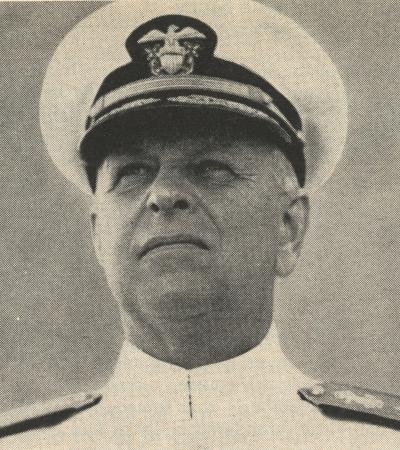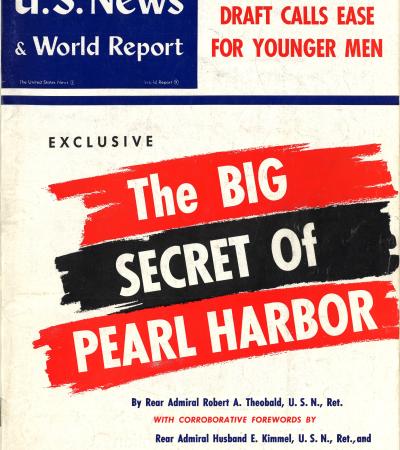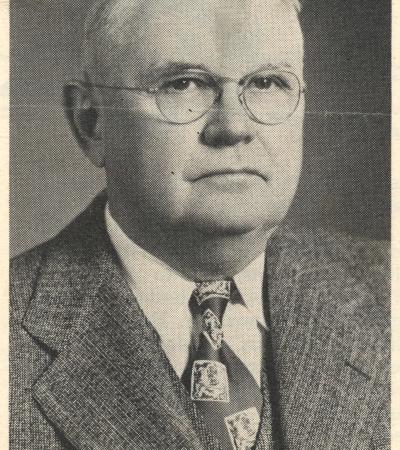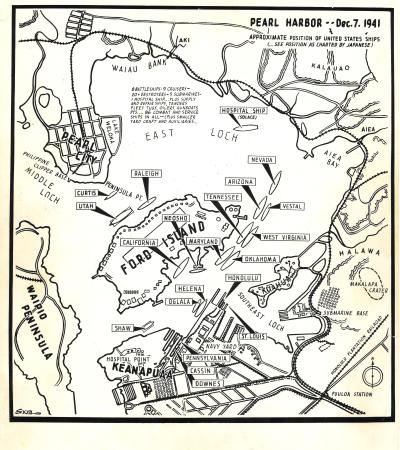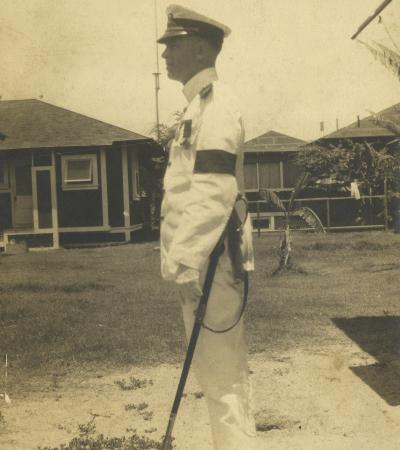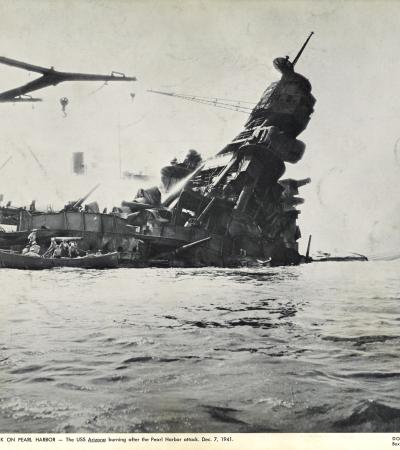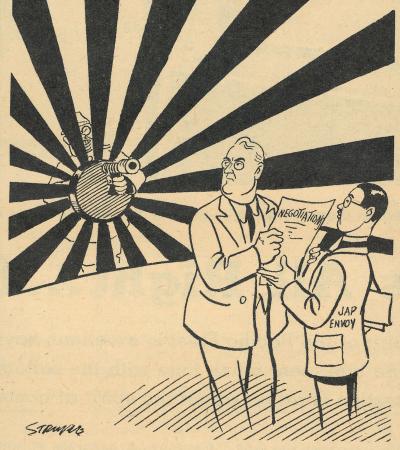On December 7, 1941, Japan launched a surprise attack on the U.S. naval base at Pearl Harbor, Hawaii. This event shocked the American people and led to the United States entering World War II.
Pearl Harbor is located on the island of Oahu in Hawaii, which in 1941 was a U.S. territory, not yet a state. The harbor sits about 2,500 miles from California and 4,000 miles from Japan. At the time, many American military leaders thought Japan wouldn't attack Pearl Harbor because it was so far away. In late 1941, tensions were high between the United States and Japan. The U.S. had placed trade restrictions on Japan, limiting their access to important resources like oil. Japan, seeking to expand its power in Asia, saw these actions as a threat. On November 26, 1941, Japan assembled a powerful naval force, including aircraft carriers, battleships, and submarines, and set sail for Pearl Harbor in secret.
Early on December 7, there were some warning signs. At 3:42 a.m., an American ship spotted a submarine periscope near Pearl Harbor. At 6:45 a.m., the USS Ward sank a Japanese midget submarine. At 7:02 a.m., radar operators detected a large group of planes approaching, but this was mistaken for American planes arriving from California. Despite these clues, the base remained unprepared for what was coming.
At 7:48 a.m., the first wave of more than 180 Japanese planes struck Pearl Harbor. They targeted the U.S. ships, especially the eight battleships in the harbor. The attack came in two waves and lasted about two hours. The results were devastating. In total, 2,403 Americans were killed, including 68 civilians. Twenty U.S. ships were sunk or damaged, including all eight battleships. Three hundred forty-seven American aircraft were destroyed or damaged. The Japanese, in contrast, lost only 29 aircraft and 5 midget submarines.
The day after the attack, President Franklin D. Roosevelt asked Congress to declare war on Japan, calling December 7 "a date which will live in infamy." The United States officially entered World War II. While most historians agree on the basic facts of the Pearl Harbor attack, there are different views on who was ultimately responsible.
The traditional view held by most historians is that Japan was solely responsible for the attack. They argue that Japan's aggressive actions in Asia and its decision to strike Pearl Harbor brought the U.S. into the war. Some historians, known as "revisionists," suggest that President Roosevelt may have known about the attack in advance or even provoked it. They argue that Roosevelt wanted to bring the U.S. into World War II to help Britain, but he needed public support. According to this view, Roosevelt might have allowed the attack to happen to unite Americans behind entering the war.
Many historians take a position between these two views. They acknowledge that Roosevelt wanted to support Britain and was concerned about Japanese expansion. However, they don't believe he deliberately allowed the attack to happen. Instead, they argue that a combination of factors, including miscommunication, underestimation of Japan's capabilities, and focus on other potential targets, led to the U.S. being unprepared.
The Pearl Harbor attack was a pivotal moment in history that brought the United States into World War II. While we know many facts about what happened that day, historians continue to debate the underlying causes and responsibilities. As with many historical events, the full story of Pearl Harbor is complex and open to different interpretations. Understanding these various perspectives can help us appreciate the complexity of historical events and the importance of critically examining multiple viewpoints when studying history.
